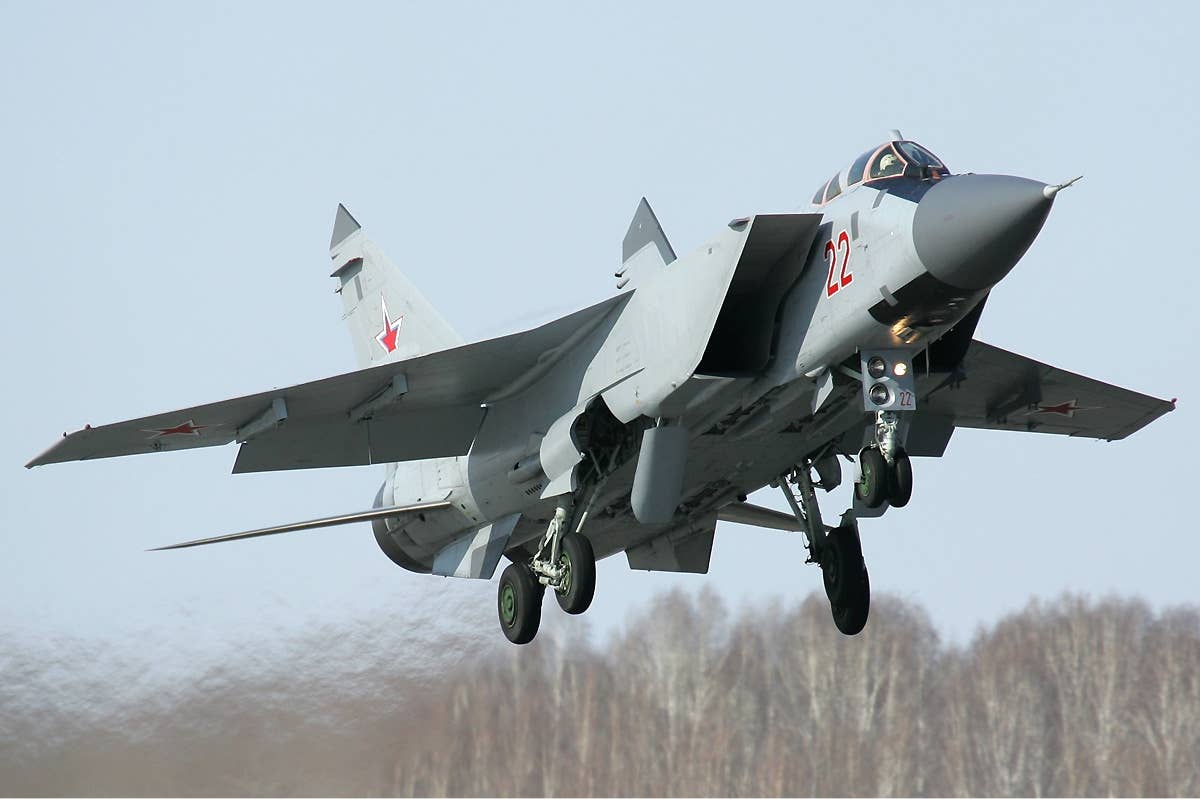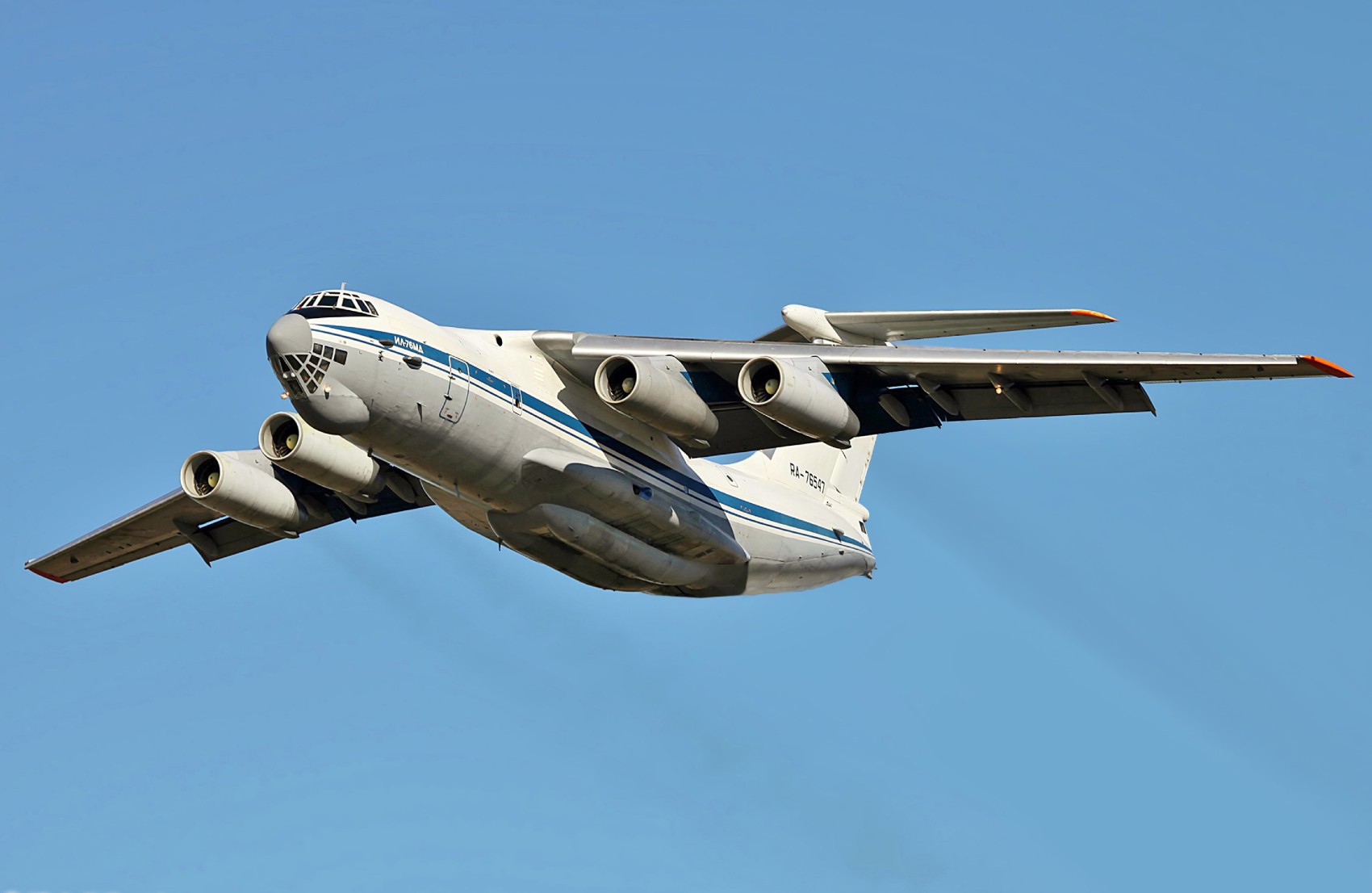Russia is actively developing anti-satellite weapons, focusing on two specific projects: equipping the MiG-31D fighter interceptor with an anti-satellite missile and arming an IL-76 aircraft with a combat laser.
The information was disclosed in the military journal “Military Thought” published by the Ministry of Defense, Ria reported. According to the article, the Russian military has developed mobile anti-satellite combat systems that can be relocated.
These systems include the Kontakt anti-space defense complex, based on the MiG-31 heavy fighter interceptor, the A60 Sokol-Echelon combat laser system mounted on the IL-76 transport aircraft, and the Peresvet combat laser system.
The last time information regarding the development of an air-based anti-satellite missile system was publicly disclosed was in 2009, according to reports.

At that time, the commander-in-chief of the Russian Air Force had mentioned that efforts were being made to revive the system for the purpose of anti-satellite defense.
However, in 2018, photographs of a MiG-31 “Foxhound” interceptor with an unknown black missile under the fuselage surfaced online, which was speculated by some specialized publications to be a prototype of an anti-satellite munition.
Open sources suggest that developing a new air-based system intended to counter low-orbit satellites is being built upon a combination of existing scientific and technical knowledge and newly developed technologies.
Efforts to create a comparable system using the MiG-31D carrier aircraft and the 79M6 Kontakt missile date back to the Soviet era and have been underway since 1984.
The A-60 laser weapon carrier aircraft, based on the IL-76MD transport aircraft, was also developed during the Soviet era. The first flight of the A-60 flying laboratory took place in 1981. The aircraft was designed to carry a megawatt-class laser weapon capable of destroying low-flying satellites.
Yuri Borisov, the former Deputy Minister of Defense of Russia, announced in 2016 that the development of the A-60 complex was still underway.
The most recent official mention of the “laser aircraft” project was in 2020 when Beriev Aircraft Company published a patent for the carrier aircraft of the combat laser system they had developed. The patent included details of a computer model of the plane that was based on the military transport IL-76MD-90A.

Why MiG-31 Aircraft?
In September 2018, the MiG-31 “Foxhound” interceptor was spotted near Moscow at an aircraft testing center. It was equipped with a missile that analysts suggest could have the capability to destroy satellites or to launch small satellites swiftly.
The Foxhound is a fighter jet from the Soviet era in the 1980s that still holds the record for being one of the fastest and highest-flying planes ever created.
Its exceptional capabilities of reaching Mach 3 speeds close to the edge of the Earth’s atmosphere while carrying large weapons payloads make it an optimal platform for launching anti-satellite missiles.
In recent years, the MiG-31 has experienced a resurgence as a platform for new Russian superweapons, such as the Kinzhal hypersonic anti-surface missile. Russian President Vladimir Putin claimed that this missile could bypass any US defenses.
But, the Kontakt system was never tested against an actual satellite. The program came to a halt in 1991 when the Soviet Union dissolved. Yet, there have been numerous demands to restart the project, and the latest information indicates that Russia is currently developing this weapon system.

The enemy’s military communication and navigation satellites would likely become crucial targets in a potential conflict between major space powers.
The United States, Russia, and China have already demonstrated their anti-satellite capabilities. As modern-day conflicts increasingly depend on satellite communication for sharing information, targeting these critical networks is becoming more logical.
In fact, in 1985, the United States Air Force conducted a test of a similar air-launched weapon system called the ASM-135 ASAT (Anti-Satellite Weapon).
This system, launched from a modified F-15 Eagle aircraft, was intended to eliminate adversary satellites by colliding with them at speeds of approximately five miles per second.
The US carried out five ASAT test shots, with one successfully downing a NASA satellite. However, the program was shut down after the satellite downing, and the ASAT never became an operational weapon.
Nevertheless, Russia’s upcoming air-launched anti-satellite weapons could prove valuable to the Russian military if a space war breaks out.
- Contact the author at ashishmichel(at)gmail.com
- Follow EurAsian Times on Google News




